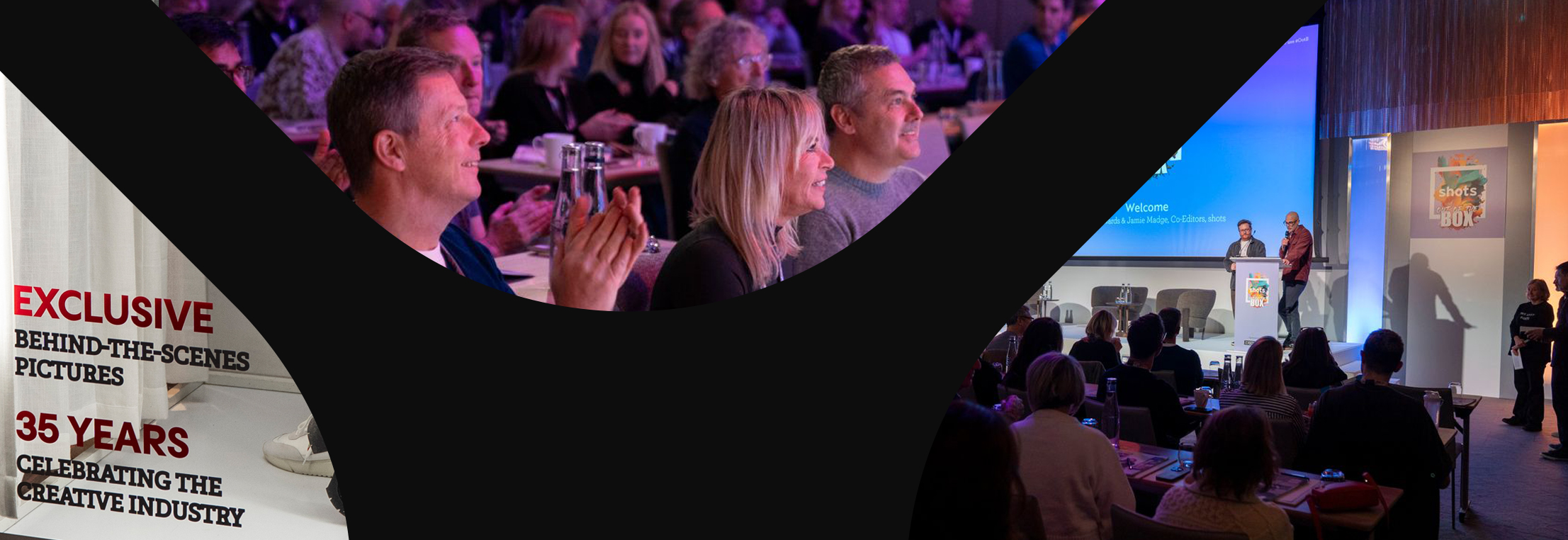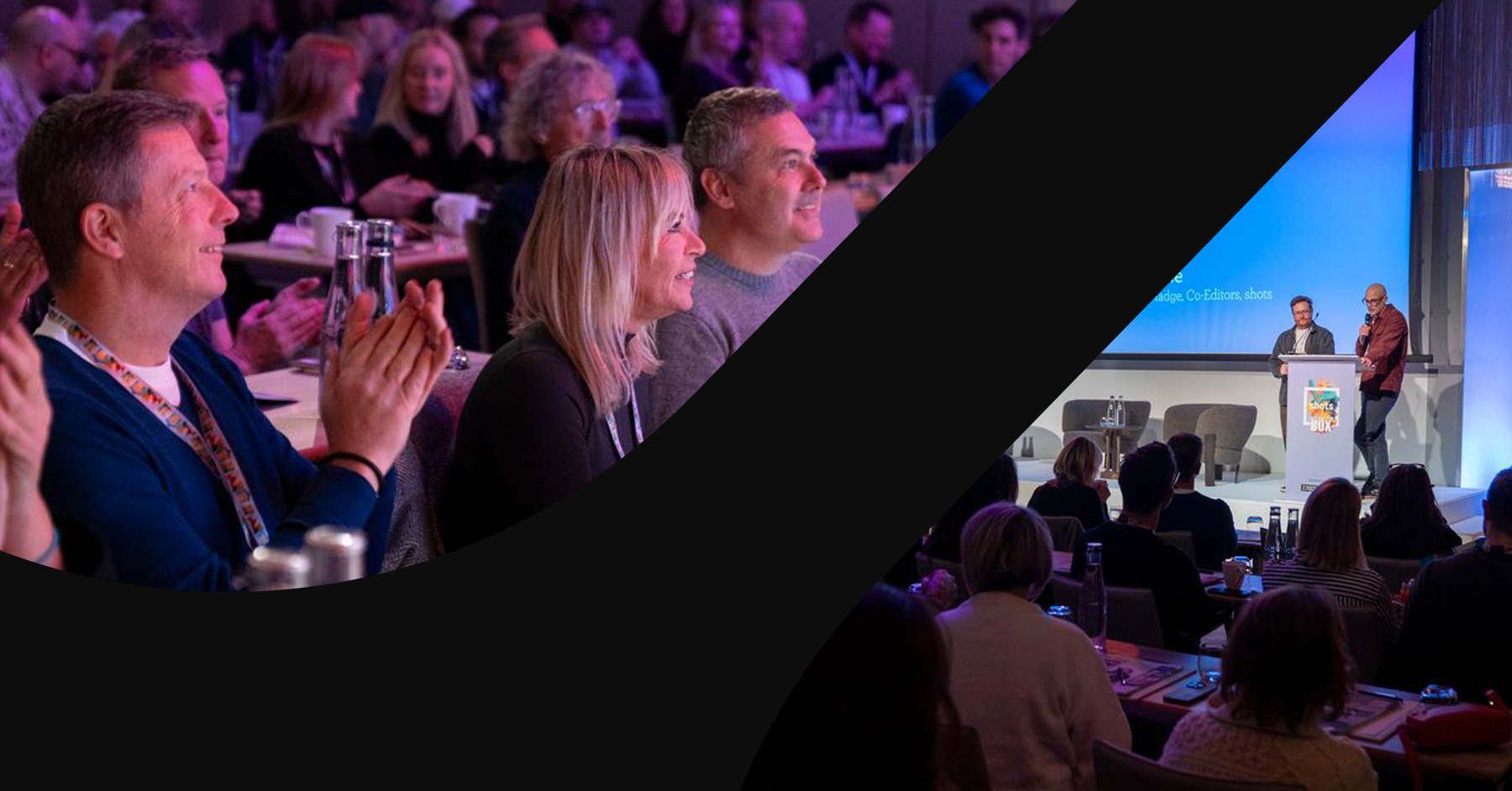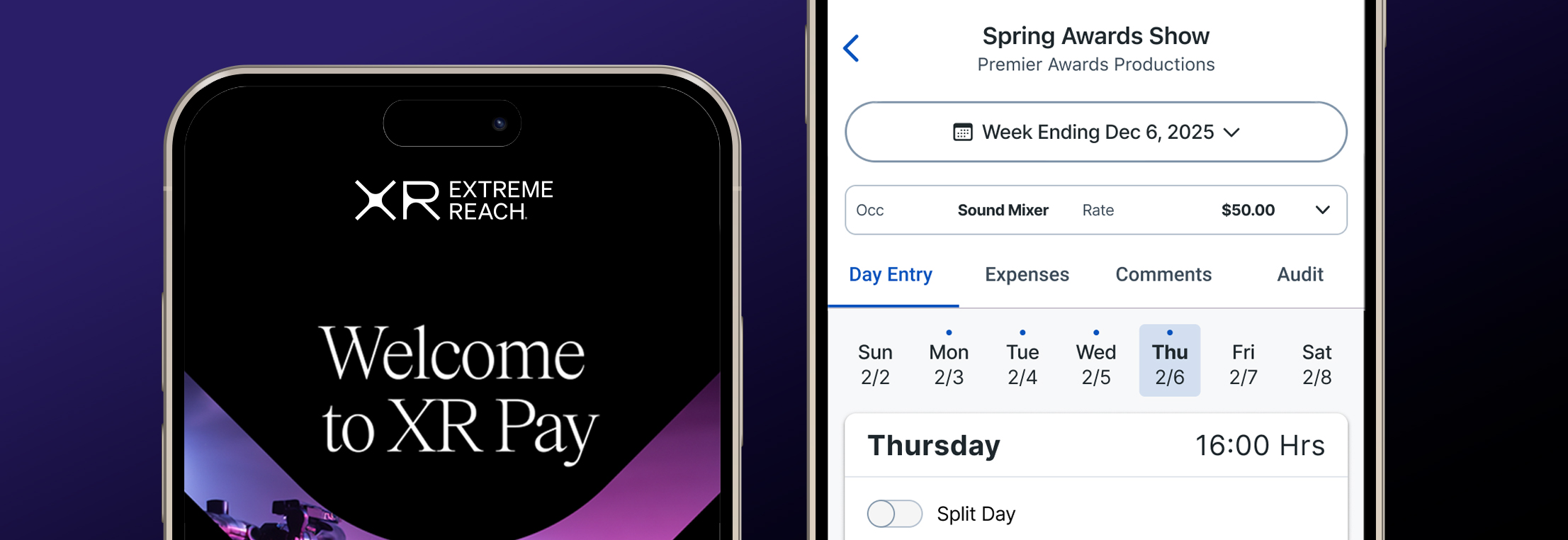Marketers Connect with Gen Z in Creative Ways
There are a few important facts to know about Gen Z: They’re the most racially diverse generation, according to Pew Research Center, with 25% identifying as Hispanic, 14% Black and 6% Asian. From gender to sexuality to sustainability, Gen Zers are redefining social conventions. And they’re digital natives who rely on social media platforms to get their news, and often use TikTok as their search engine. Marketers are connecting with this demographic through creative partnerships and digital activations. We take a look at a few recent Gen Z-targeted campaigns.
Creative Partnerships
Brat TV is a streaming network on YouTube targeting Gen Z and young millennials, that boasts over five million subscribers, plus a variety of unique advertising options. Brat creates custom programs for brands, fitting products into specific storylines. The brand mention is more of a product placement, than a commercial spot. A character on a given episode, will mention, for example, that “everyone loves Subway,” or dance around wearing an Adidas tracksuit. Companies like Nike, Extra gum, and EOS skincare have already participated in this kind of programming, which is defined by diverse talent and content. After appearing in a Brat TV show called Chicken Girls, EOS lip balm saw an 8% lift in its engagement rates. “We try to build non-traditional content experiences with these non-traditional stars,” said cofounder Rob Fishman.
Pepsi took its own innovative approach to marketing Starry, the new lemon-lime soft drink billed as a competitor to Coke’s Sprite and a future replacement for PepsiCo’s Sierra Mist soda. Defined as a “purpose-driven brand for Generation Z,” Starry was recently named the official beverage of the NBA, WNBA and NBA G League, basketball’s official minor league group. The partnership was introduced during the NBA’s All-Star Weekend that ran in Salt Lake City from February 17 to 19, which was a good fit given a 2021 Ad Age-Harris Poll showed that 58% of Gen Z members are “NBA fans,” compared to 49% who prefer the NFL.
Digitally-Focused
Fast-food chain, Wendy’s, relaunched in the UK in mid-2021 by opening 25 eateries across cities like London, Brighton and Sheffield, with plans to expand into the Republic of Ireland later this year. Two previous attempts to crack the British market proved largely unsuccessful—but this time the company hopes to pick up steam with a campaign focused on attracting the Gen Z community by appealing to them on social media. “We’ve had to be genuine and authentic, and not just make noise for the sake of it,” said Tony Barr, senior director of international marketing. In the US, Wendy’s social strategy centers mainly on Twitter quips, but “more of its UK audience” can be found on TikTok and Instagram, which is where the brand is now producing customer-created content to draw coveted Gen Z consumers.
Prebiotic soda brand Olipop is no stranger to the power of TikTok marketing. Olipop launched in 2017 as a healthy alternative to sugary sodas. Its business platform focuses on wholesale partnerships with grocery retailers like Whole Foods. However, after Covid hit, Olipop fully shifted gears to e-commerce—a quick pivot that took them viral. The brand gained nearly 90,000 followers in the last year and drew over half a million likes on its TikTok videos, where influencers and experts serve as “channel hosts” and “brand personalities,” to keep content authentic. Now the startup counts celebrities like Mindy Kaling and the Jonas Brothers among its investors, and is in the process of expanding to traditional advertising, including a Walmart commercial starring Camila Cabello. “I think if you can marry the right kind of digital content creator partnerships with TV, it can work really well,” said Chanen Johnson, TikTok influencer and wife of NFL player Juwan Johnson.
From collaborating with Gen Z in unique ways, to meeting them on the digital platforms where they spend a good chunk of their time, brands are adapting their marketing strategies to reach this group of students and young professionals who currently command $360 billion in spending power—a number that’s only expected to increase.



.jpg)
